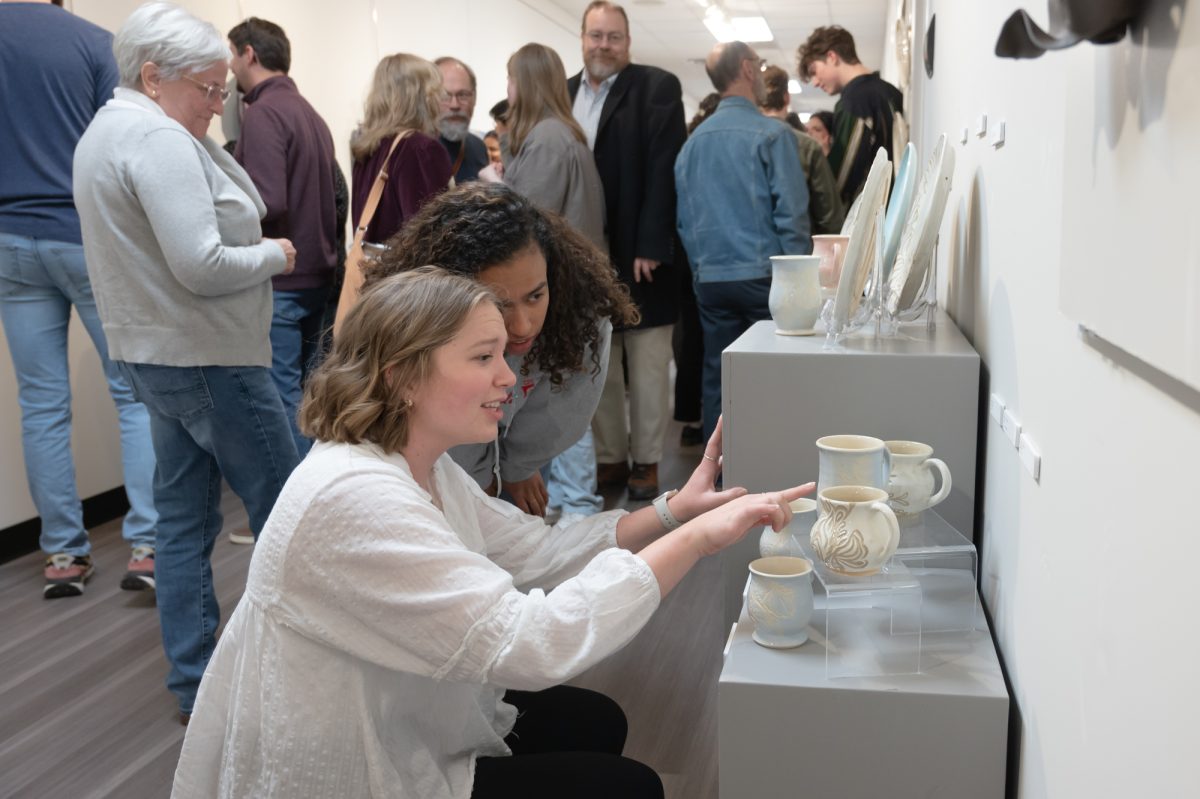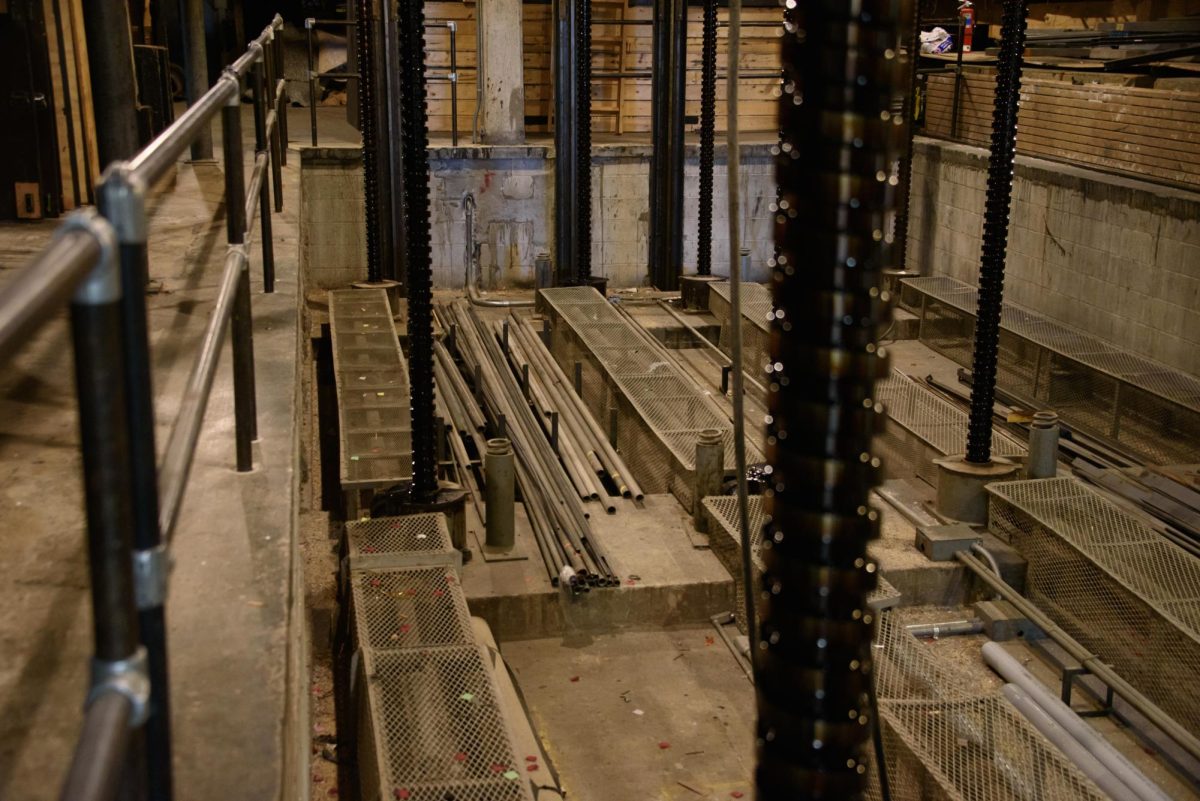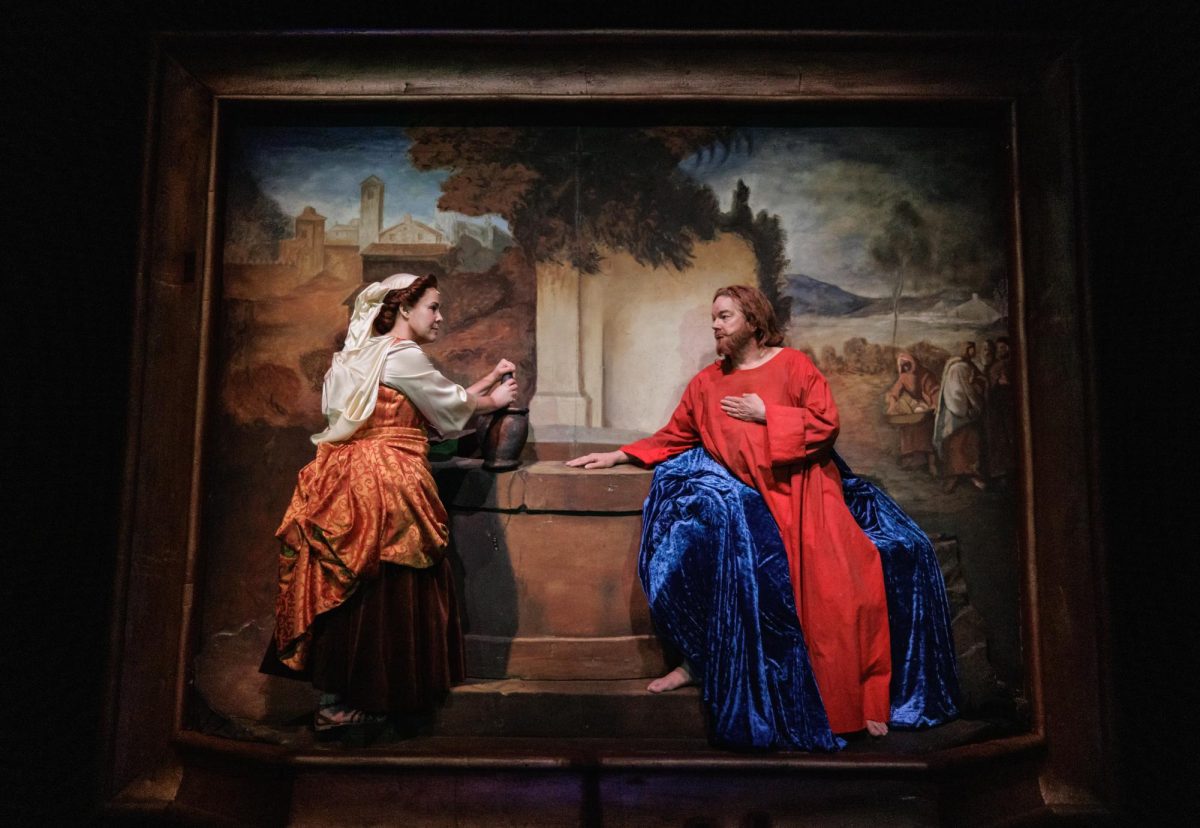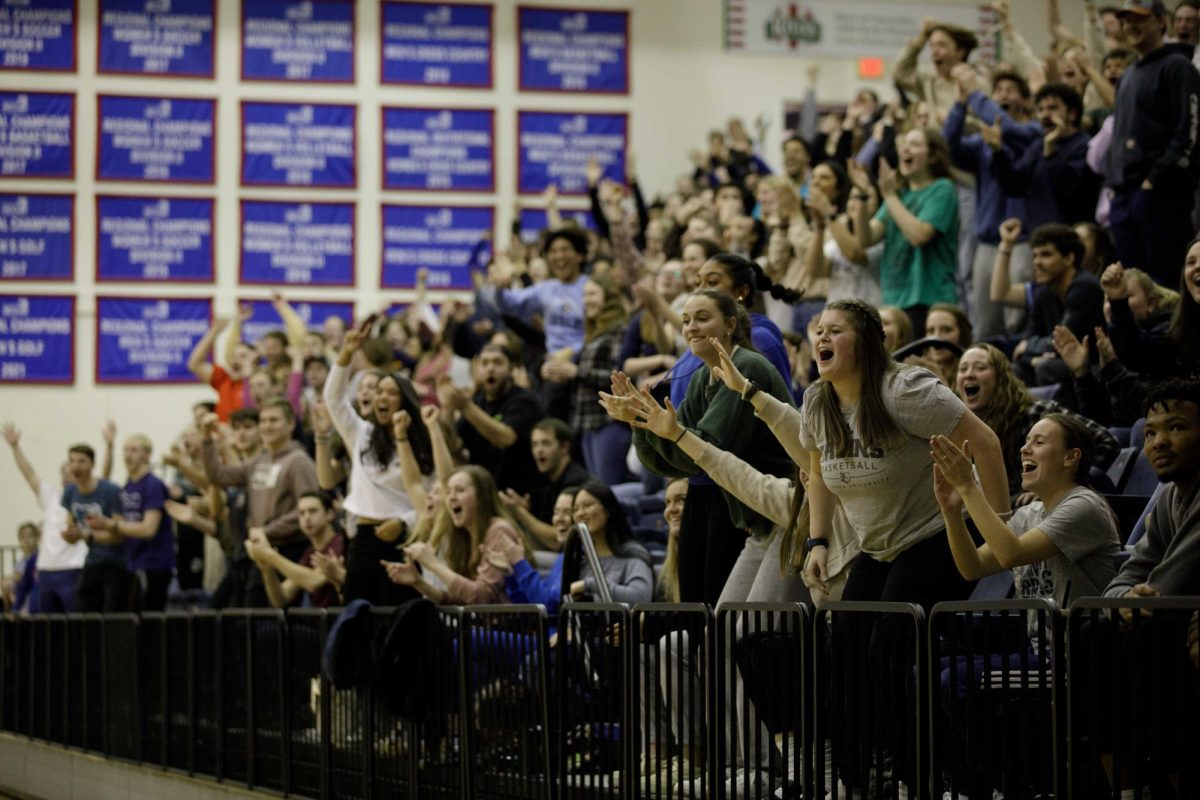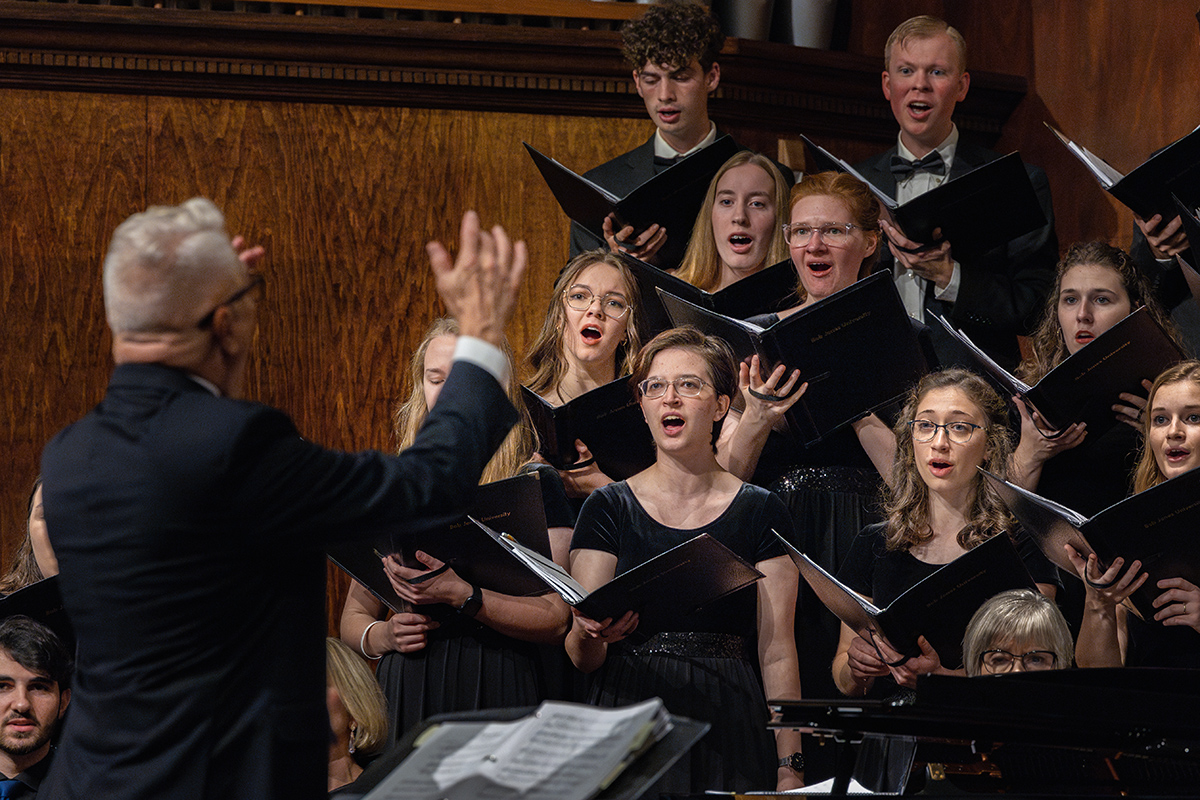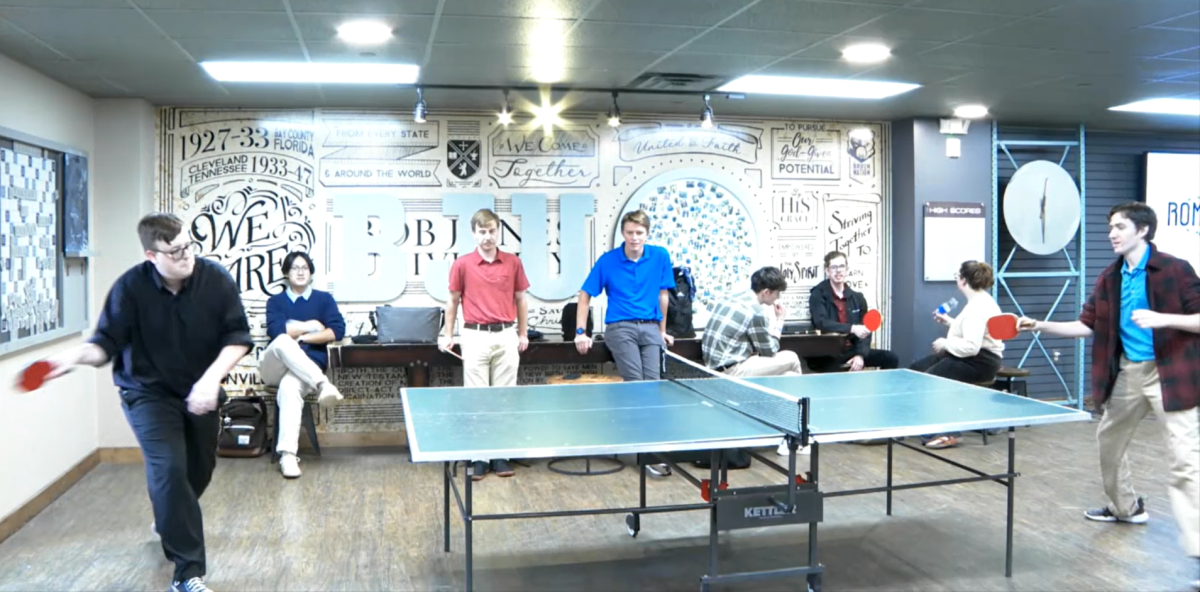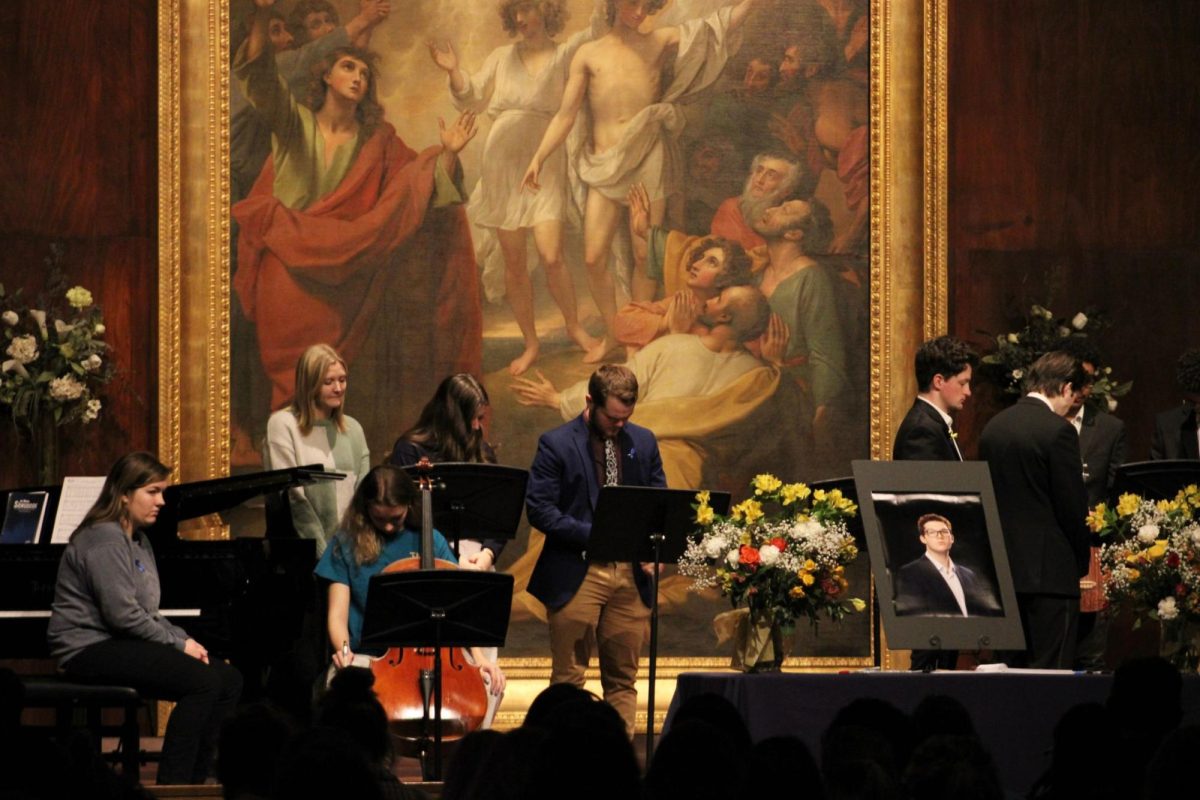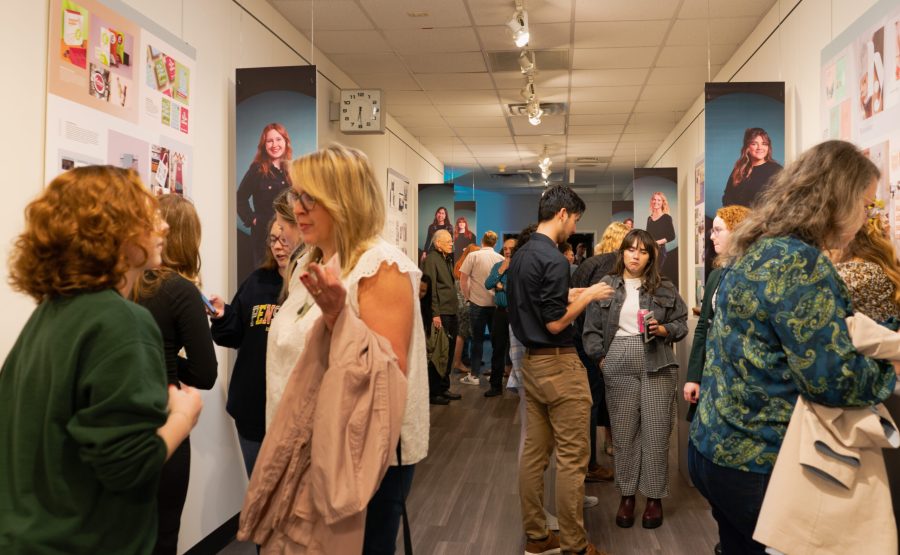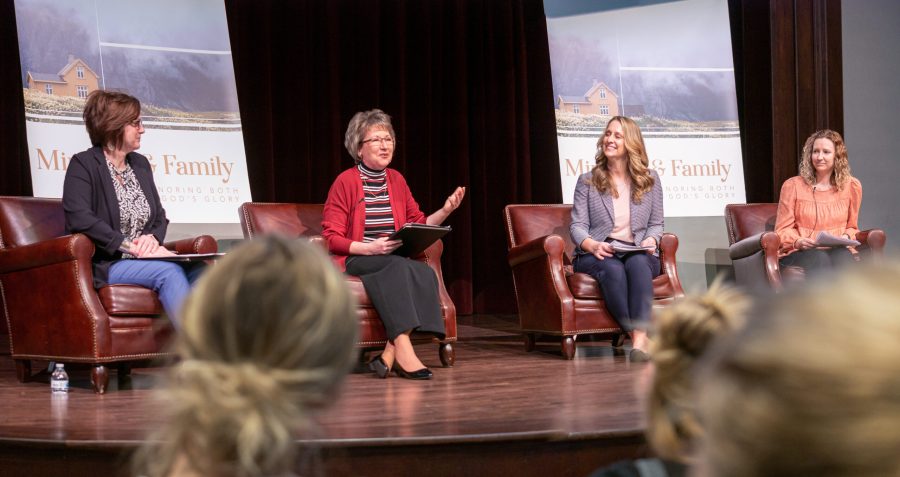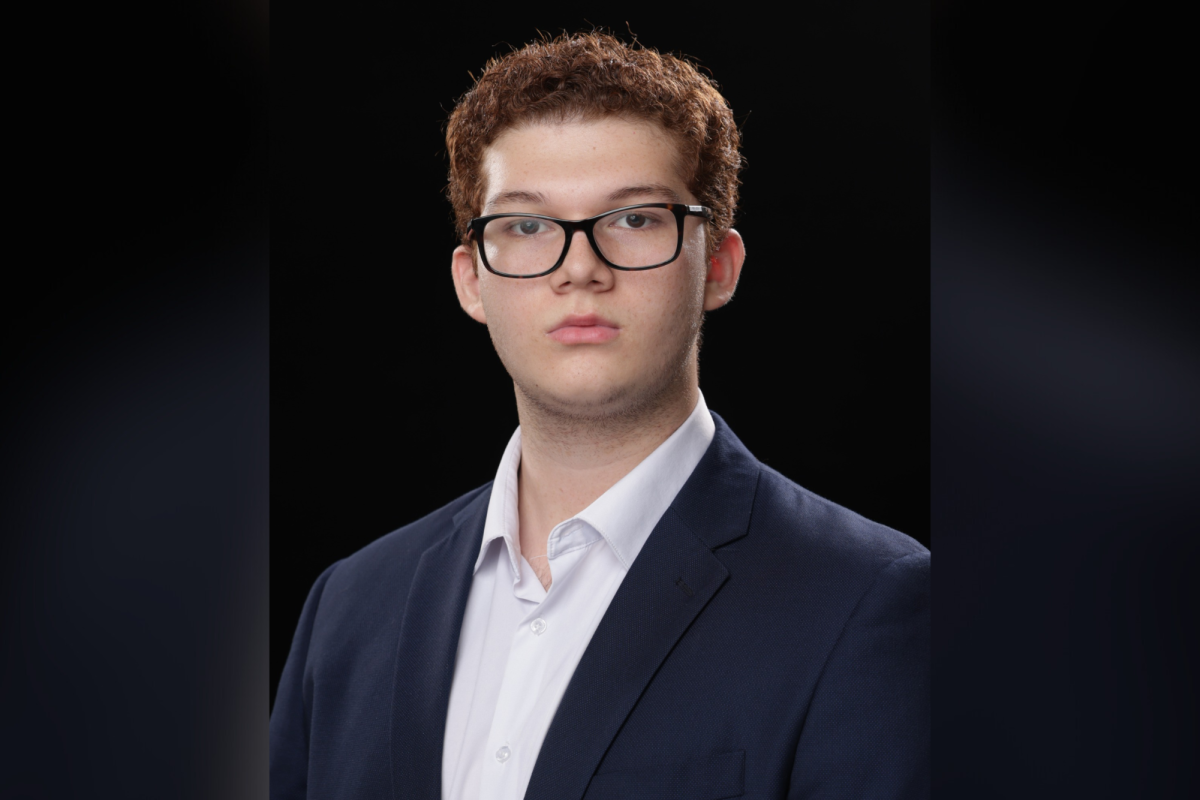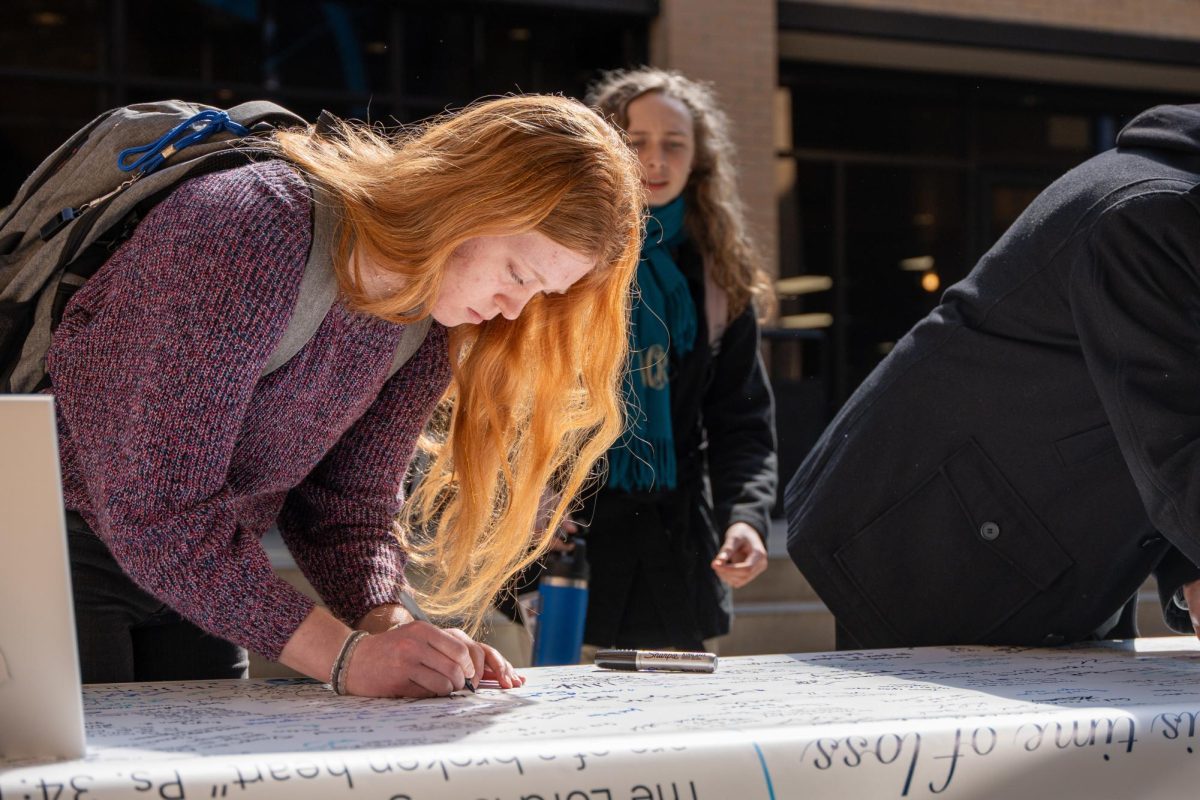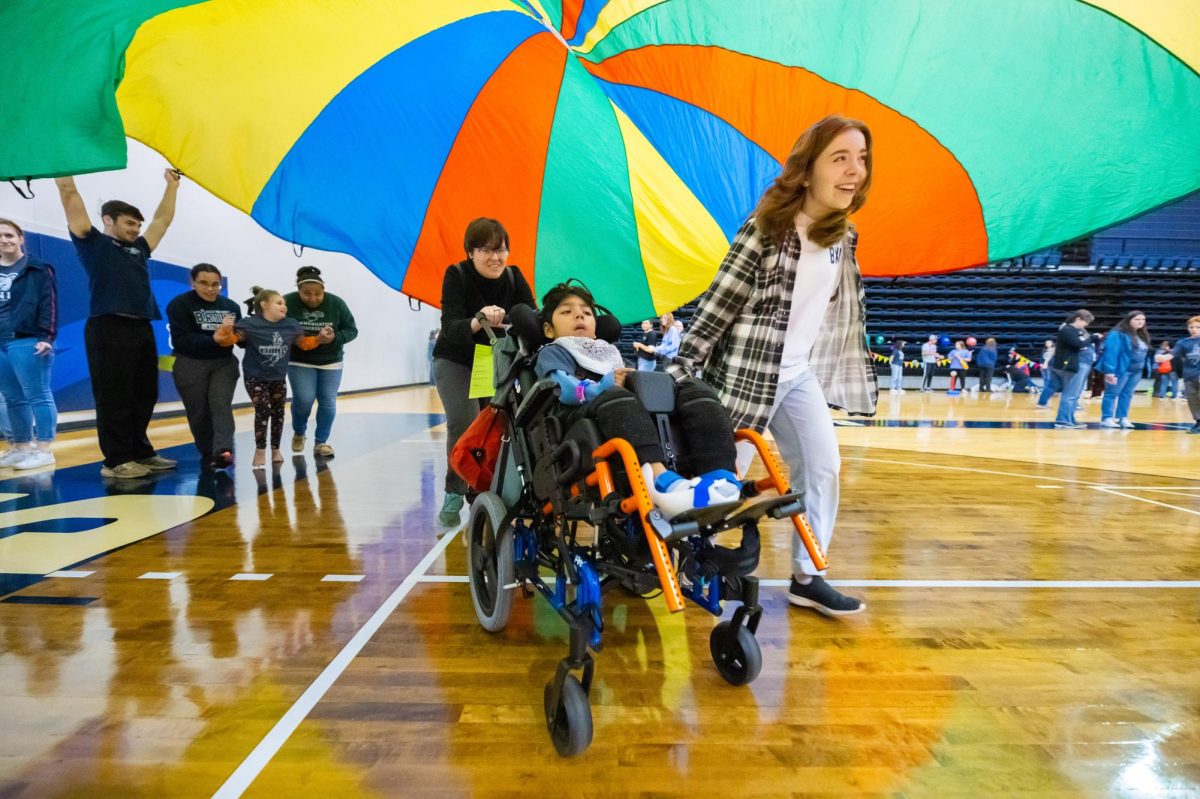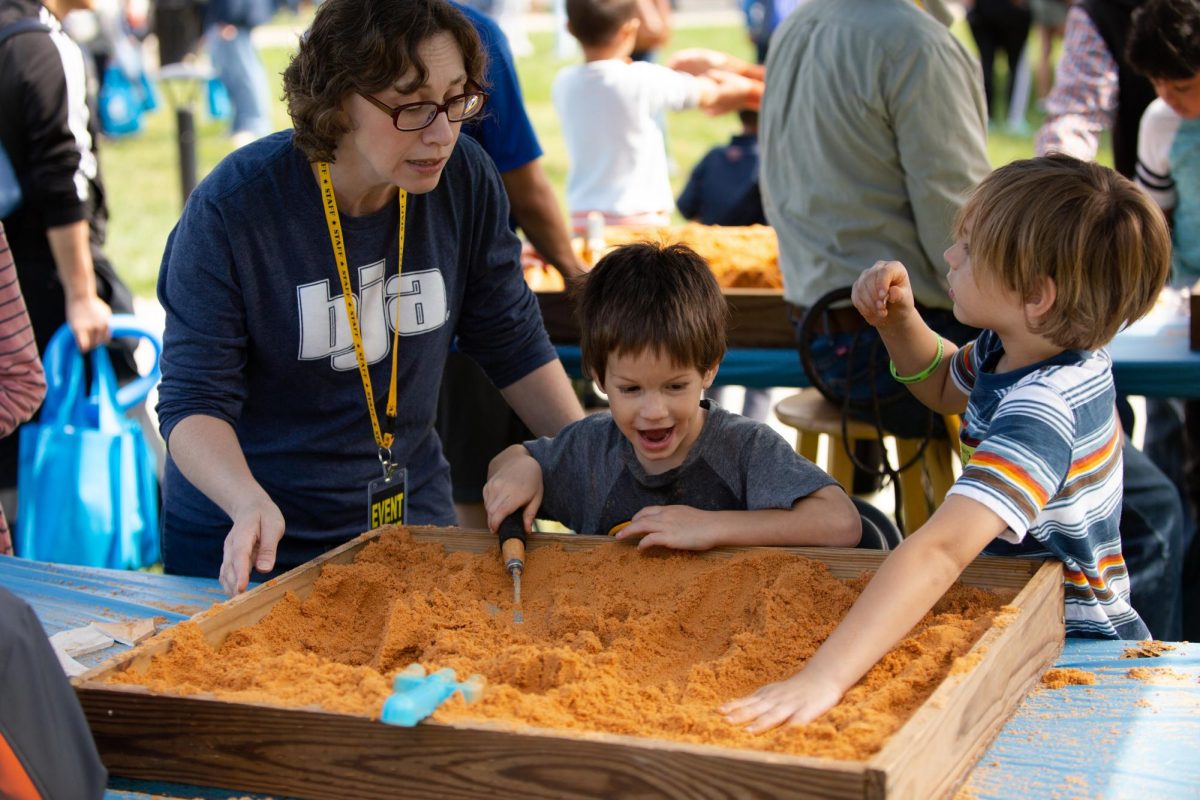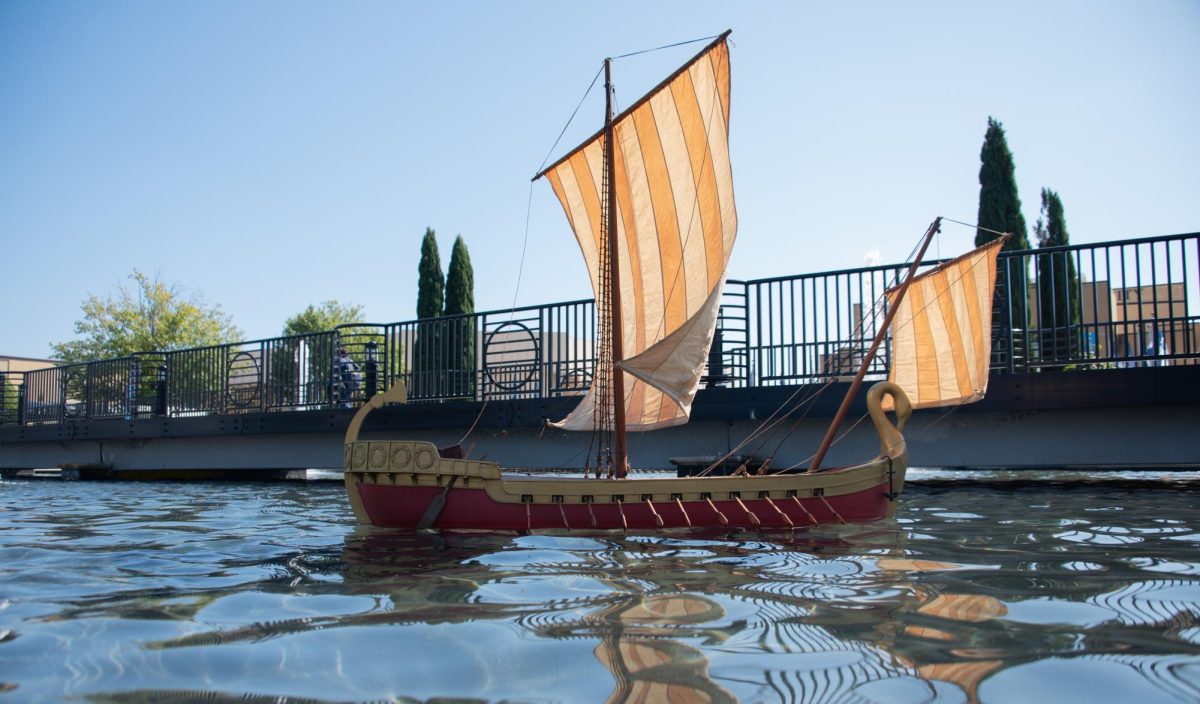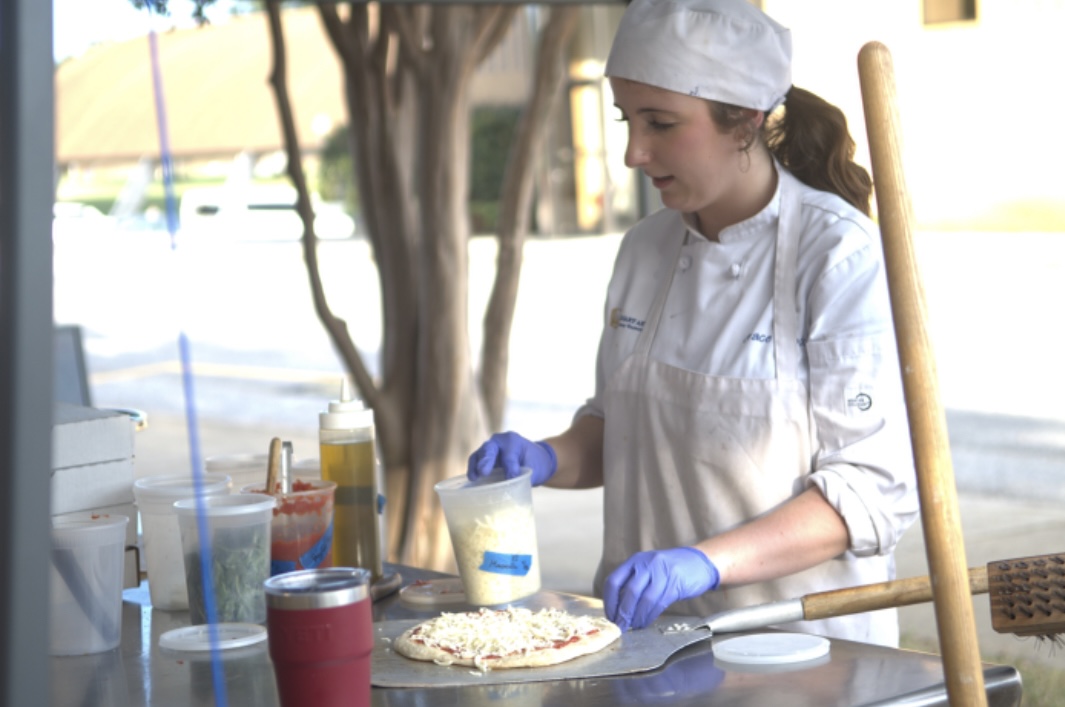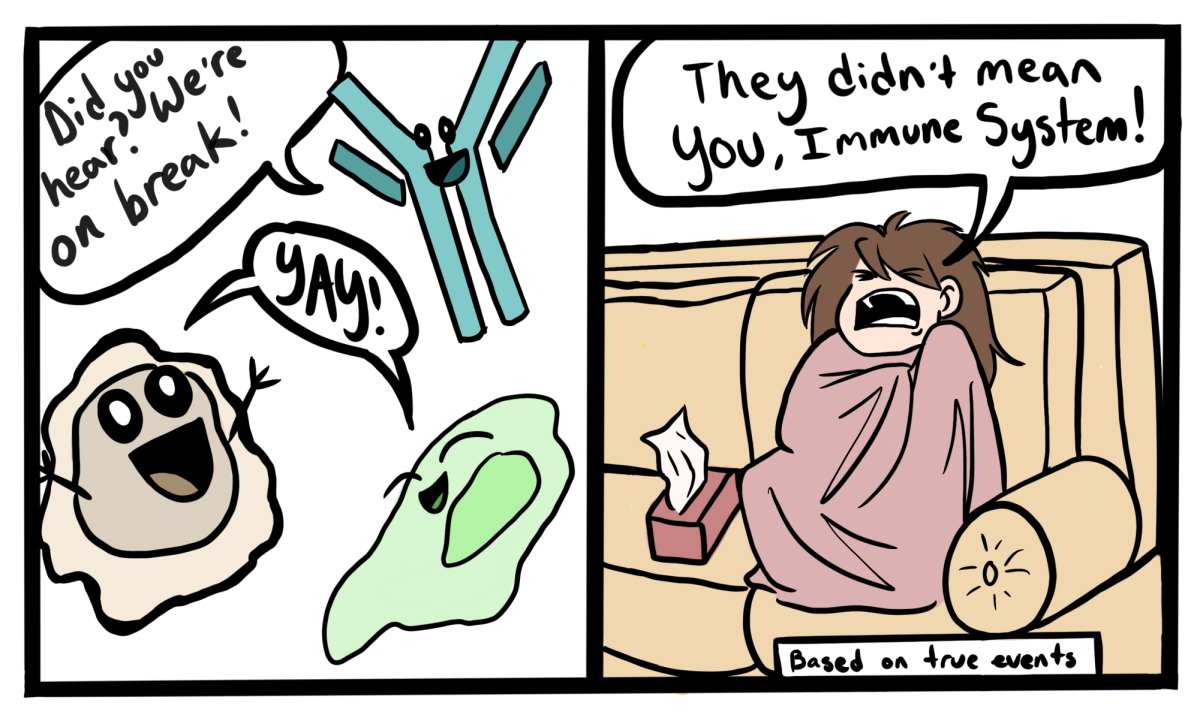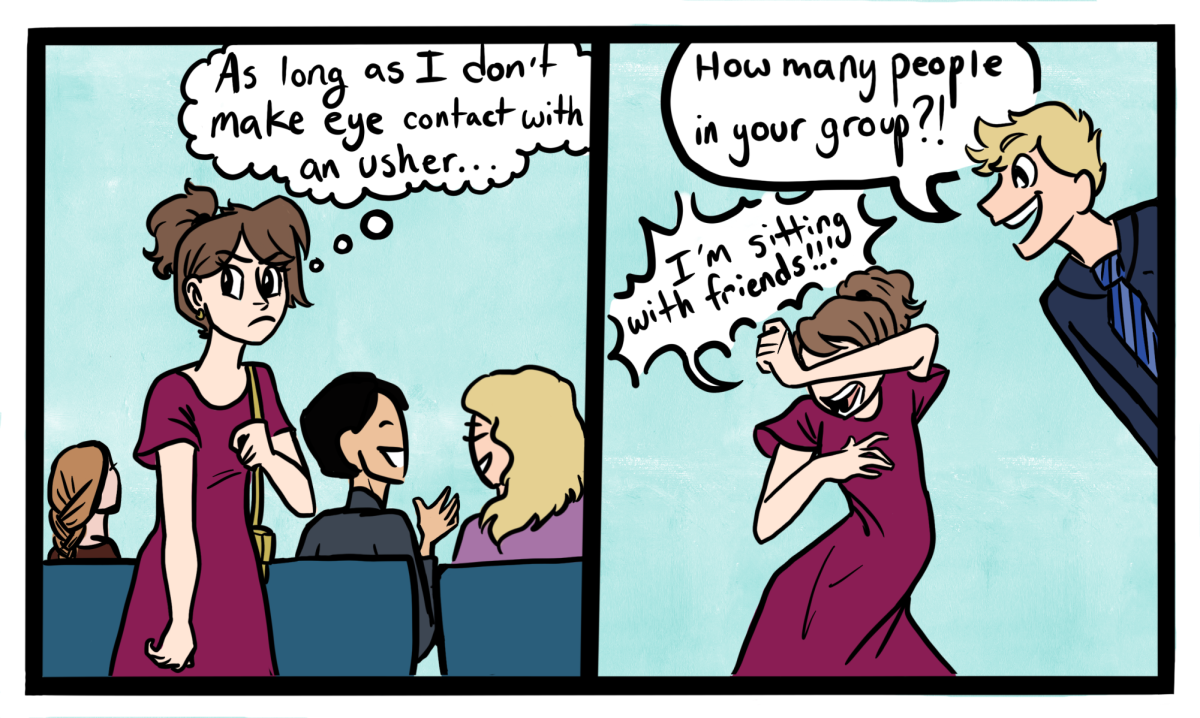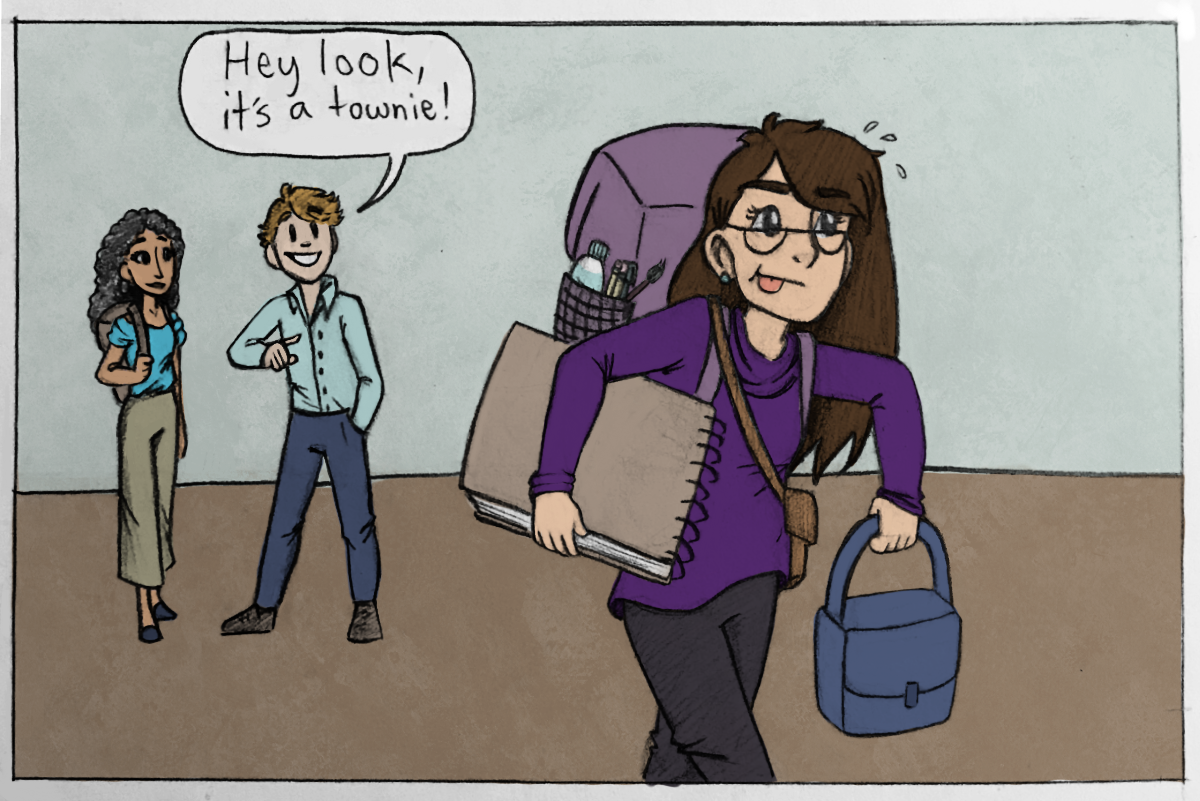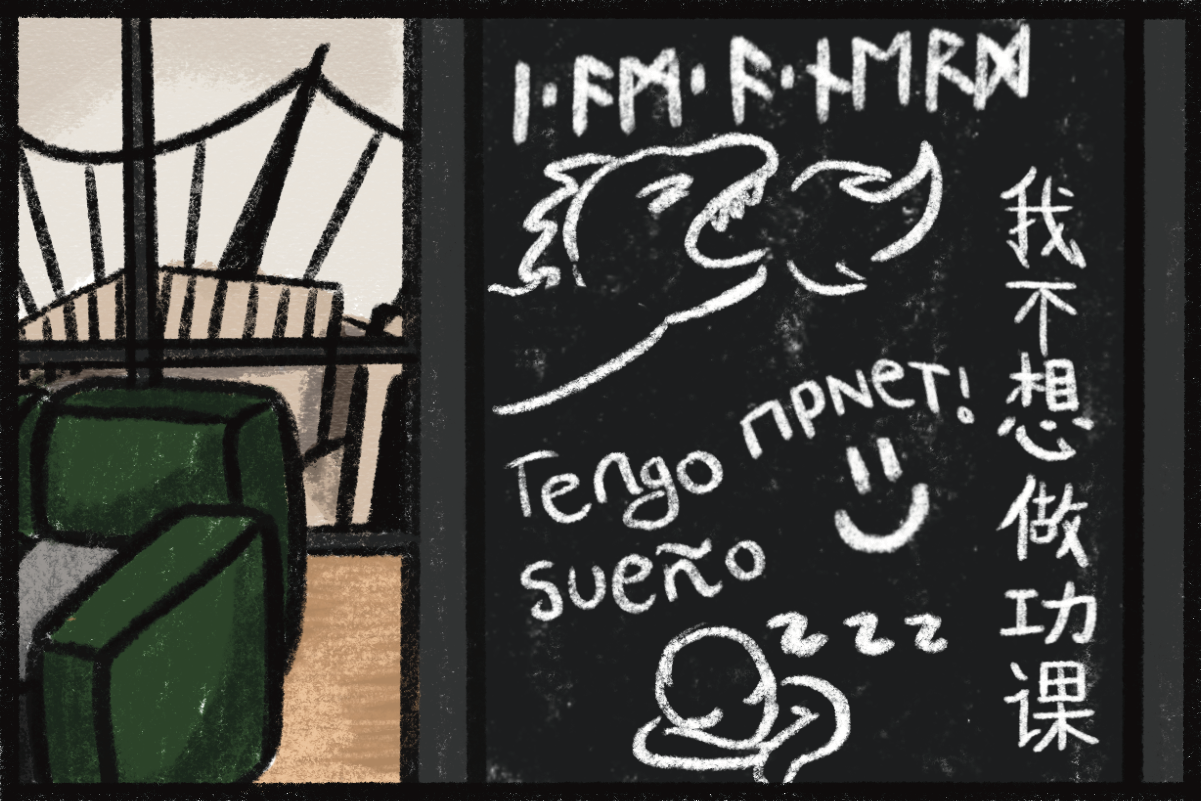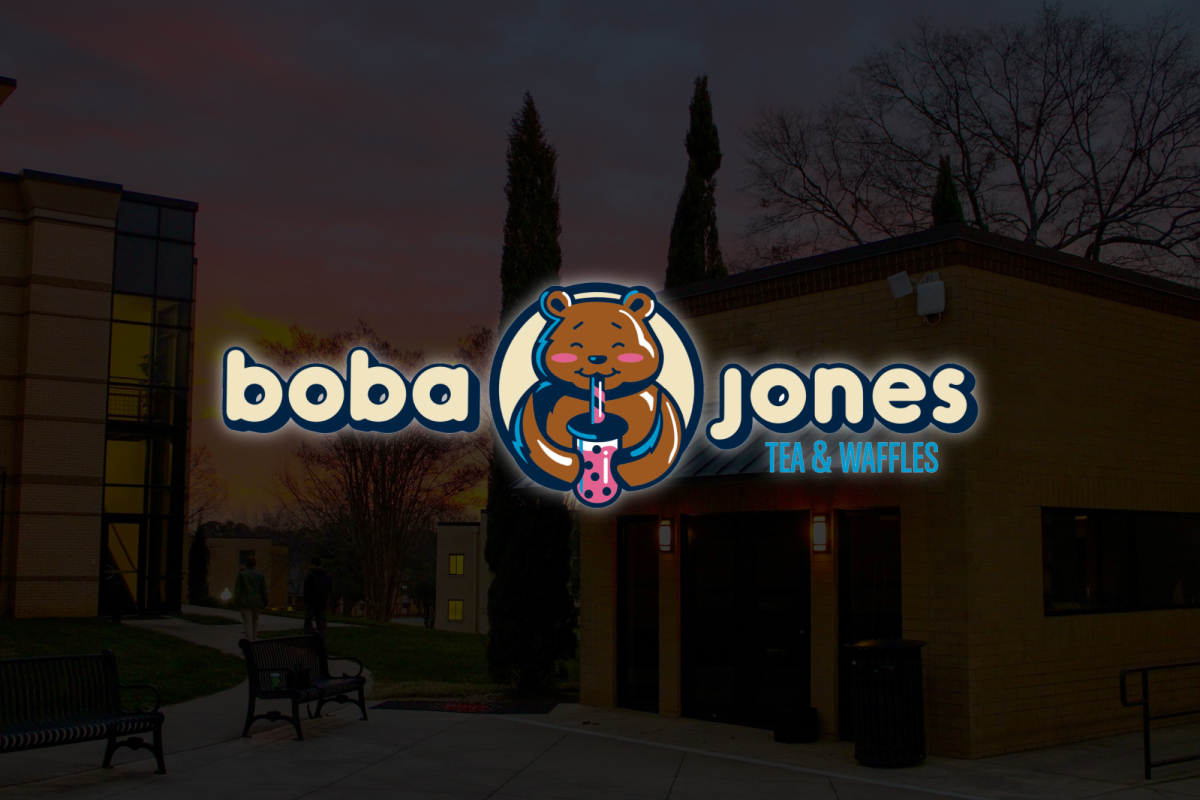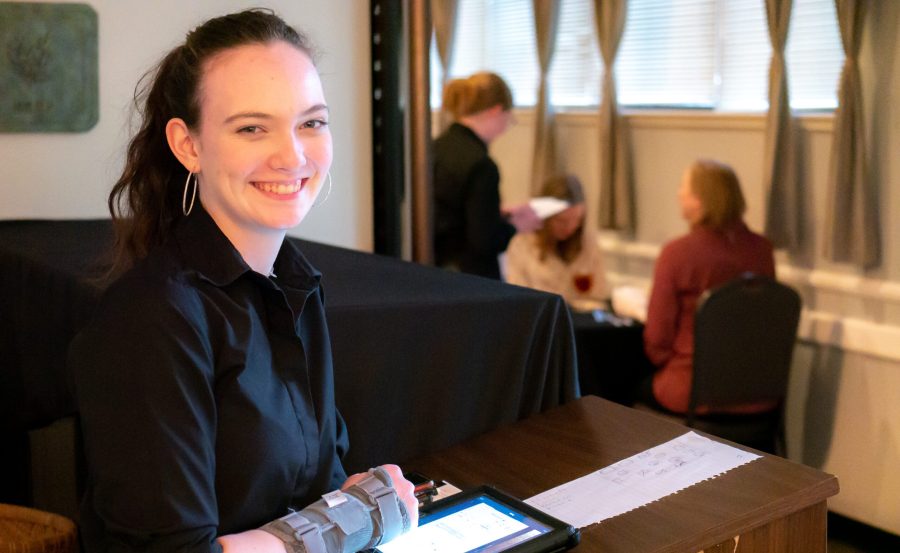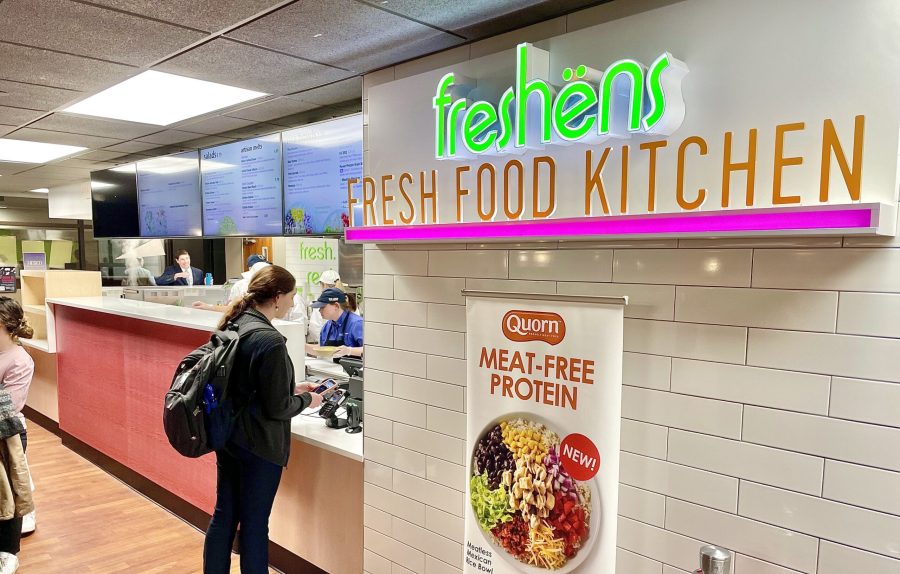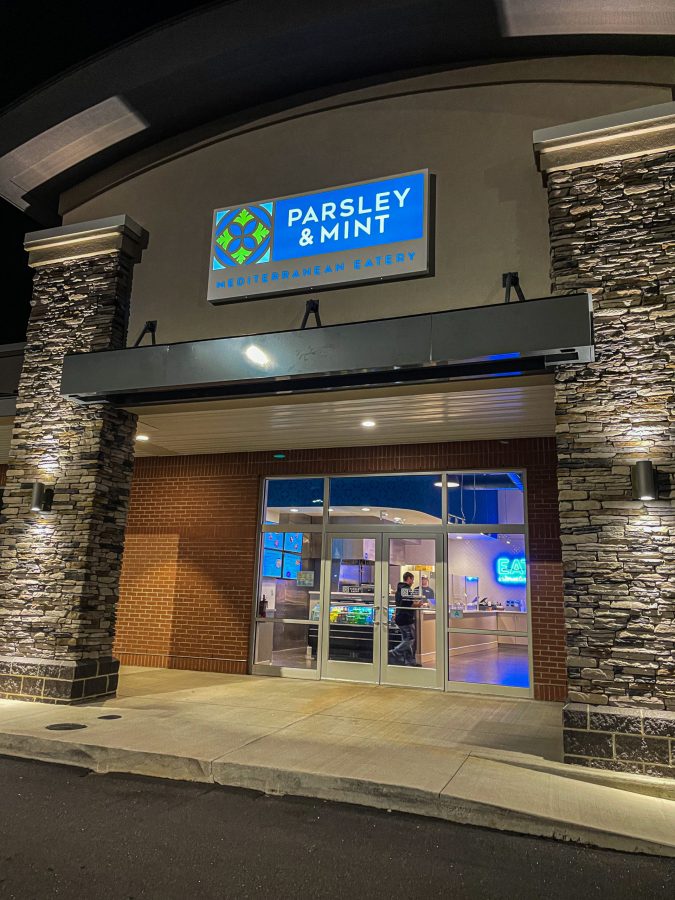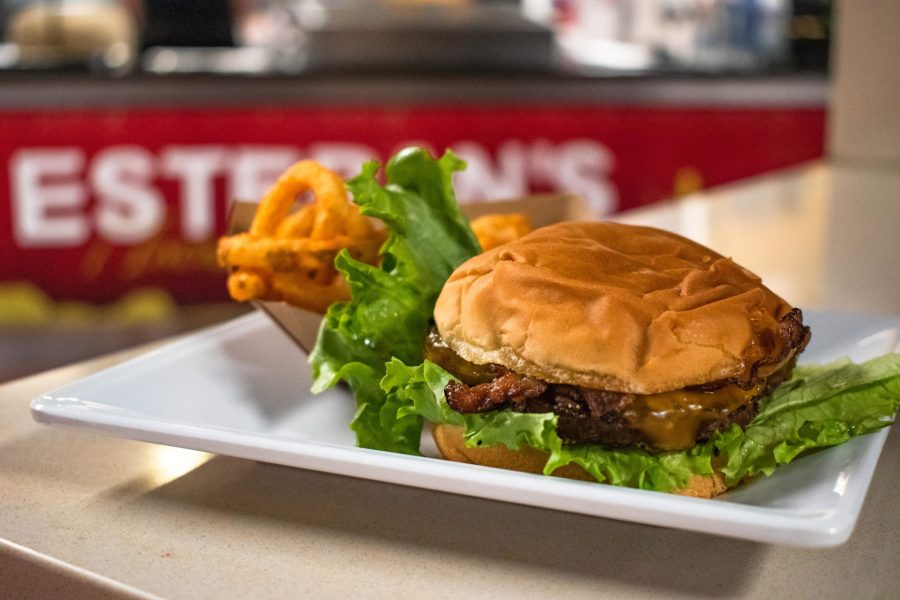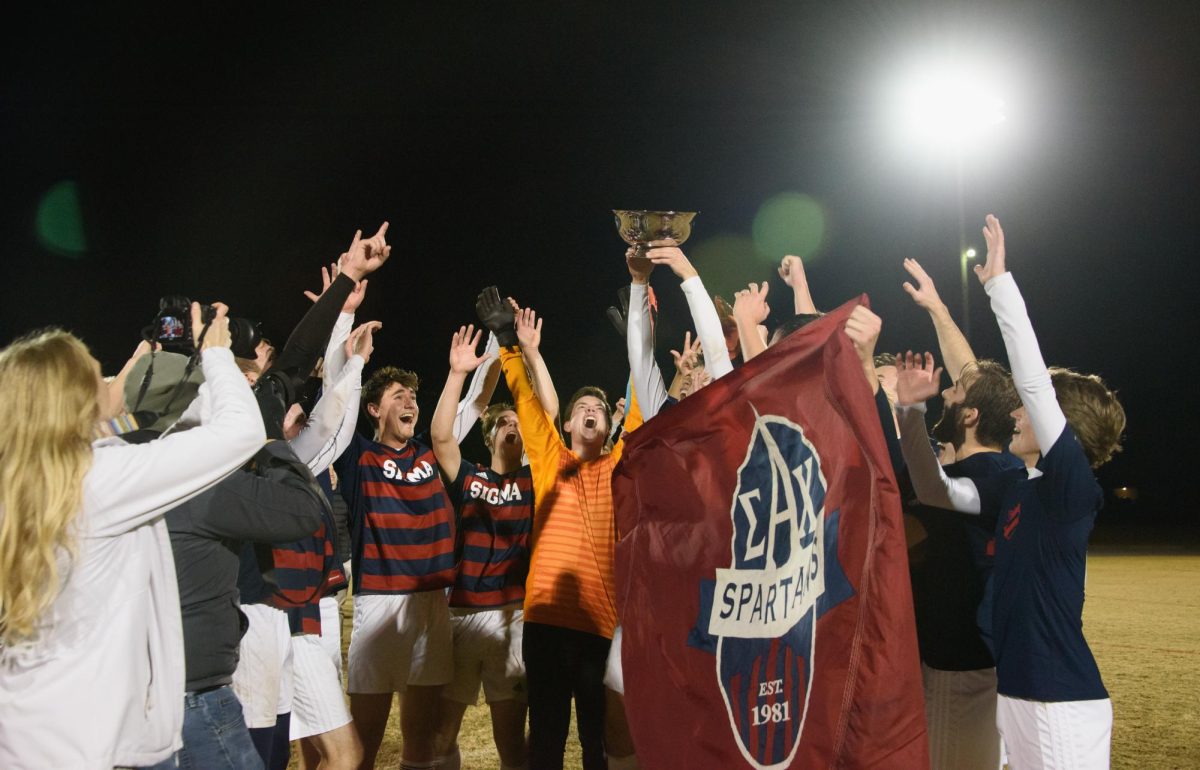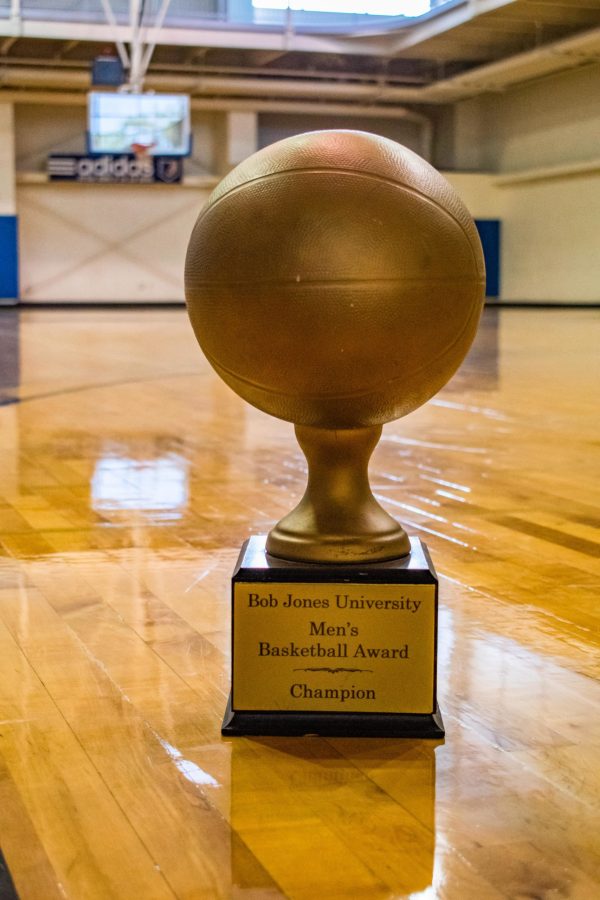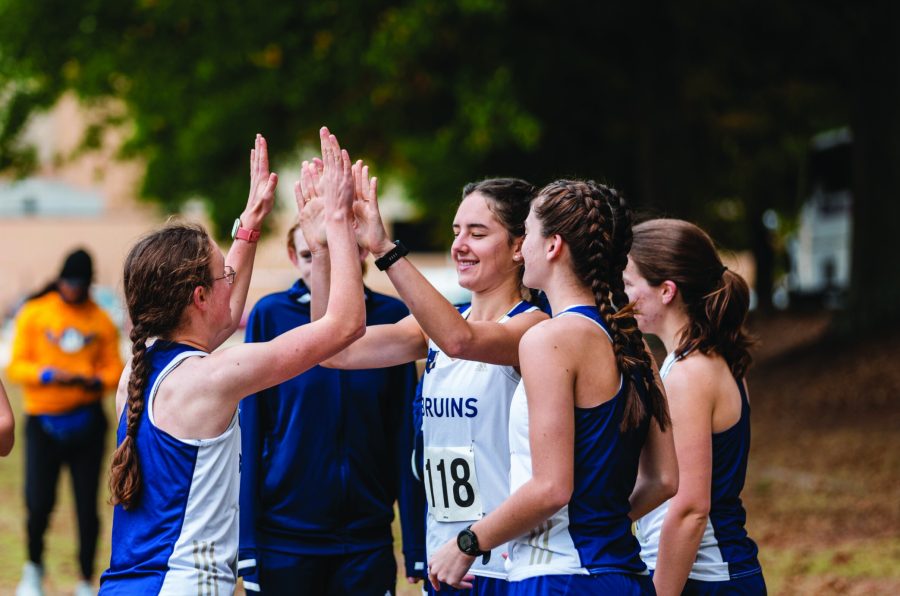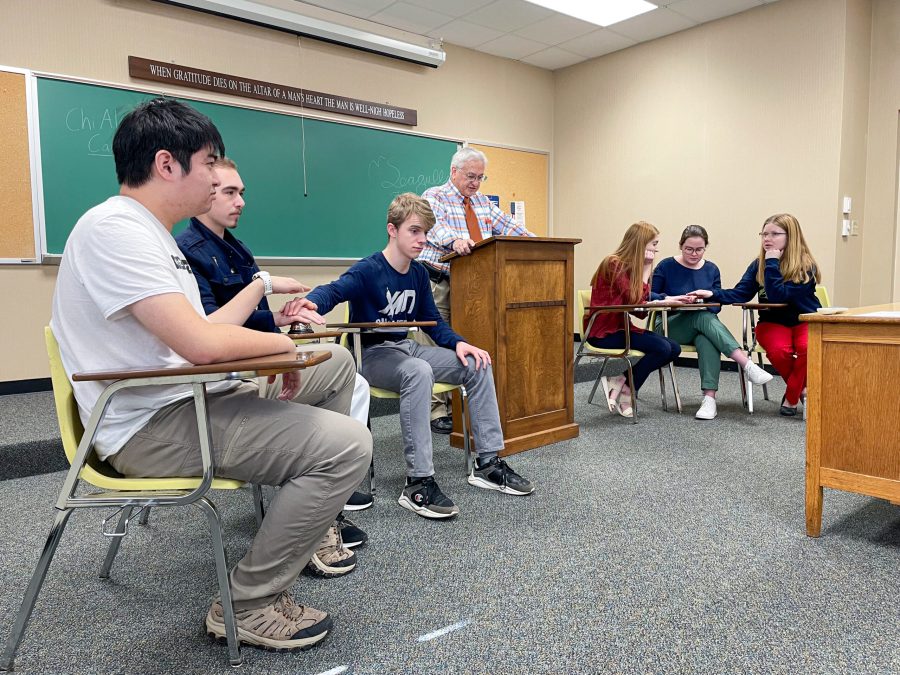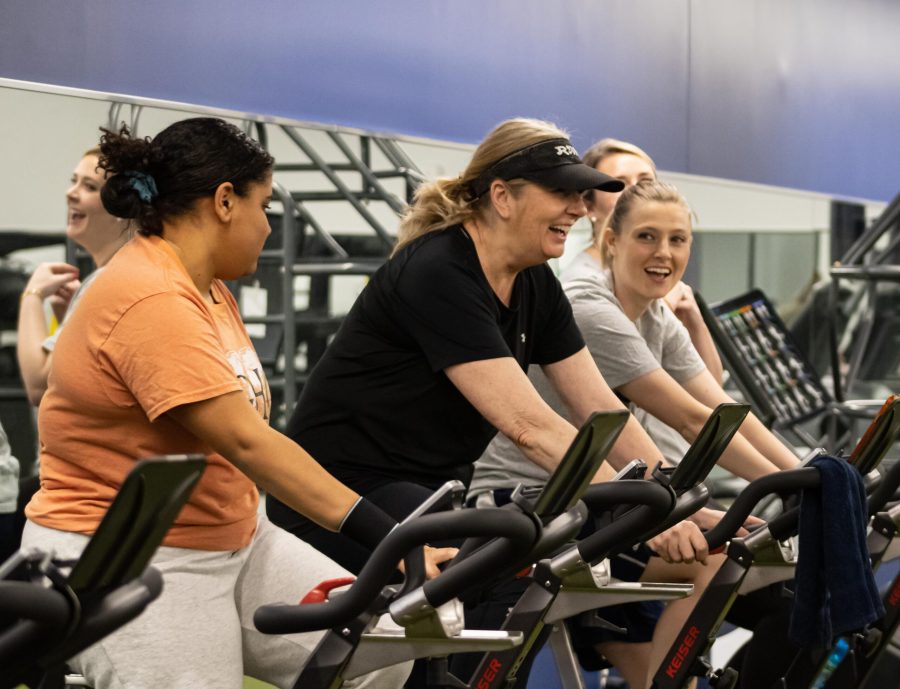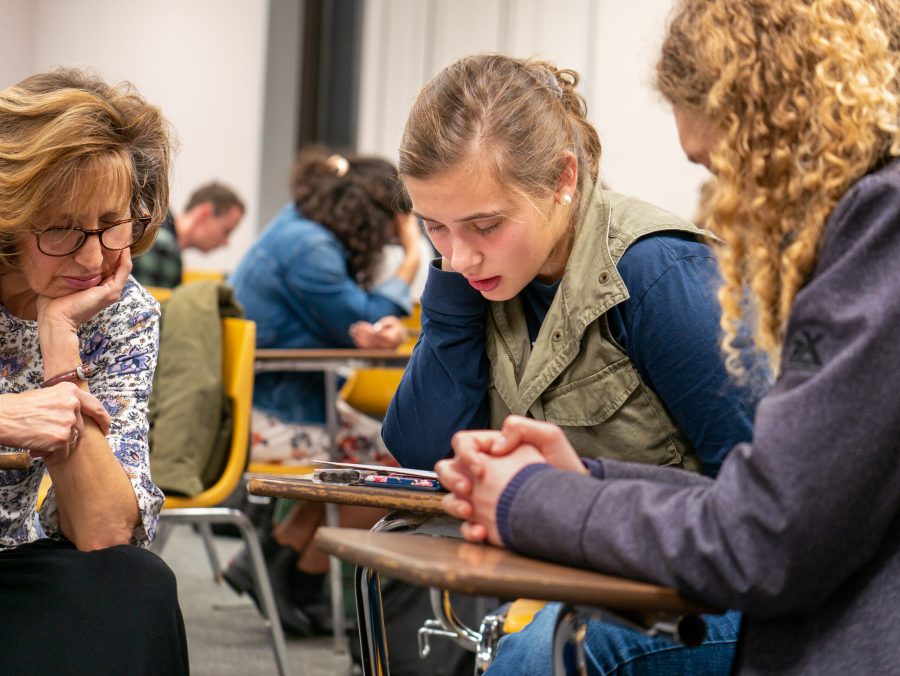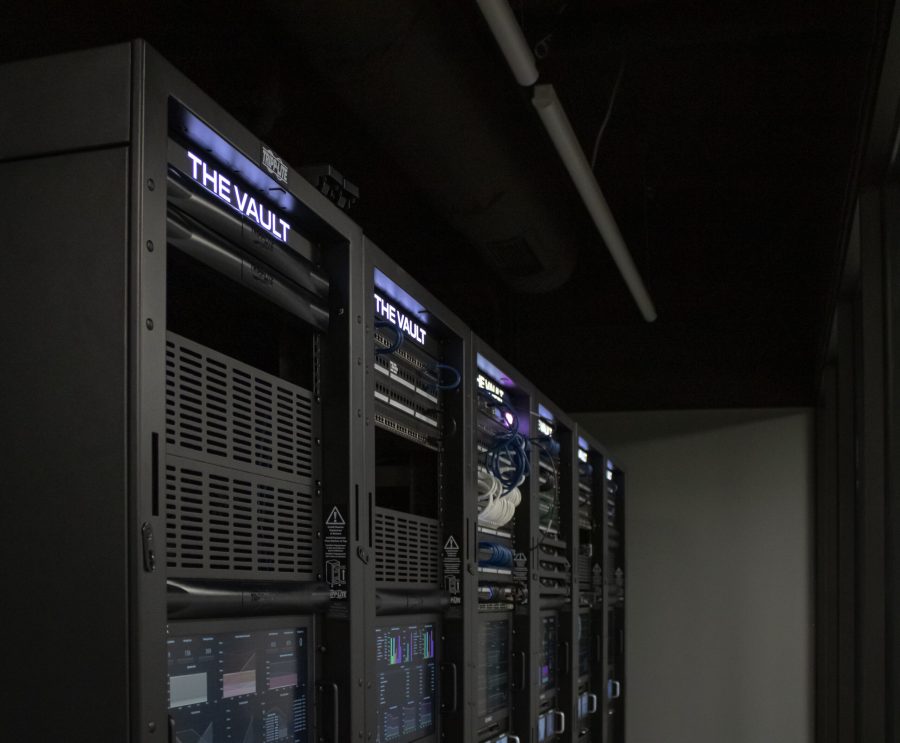The Maker Zone, in the corner of Technology Resources on the second floor of the Alumni Building, allows BJU students to experiment with several valuable pieces of technology.
The Maker Zone contains several 3D printers, a Cricut machine and an Oculus Quest, a virtual reality headset. The 3D printers print three-dimensional objects from pre-uploaded designs while the Cricut machine has the capability to cut paper, fabric and wood. Meanwhile, the virtual reality headset offers holographic views of various aspects of nature and the world.
The technology is free for students to use, so IT Operations and Academic Technologies director Matt Gardenghi encourages students to take advantage of the Maker Zone.
Gardenghi emphasized that although humans are God’s creation, we are also creators because we are made in the image of the Creator. The Maker Zone allows students to use their creative abilities to design something they had not thought possible.
“[The Maker Zone] came out of the idea that our culture is increasingly complicated, and we will end up being consumers because things are too intimidating,” Gardenghi said.

Students have used the 3D printers to print a variety of objects. Some design useful objects like phone cases, while others print something for fun like a figurine. Some students, especially special education majors, even use the 3D printers to create tools to help their own students.
Senior special education major Anna Dubberly designed a multi-colored 3D number game to help her students differentiate between odd and even numbers and learn fine motor skills. Dubberly is thankful that 3D printing is an option at BJU since it allowed her to create something that could benefit her students.
Dubberly said she thought along the lines of, “What would help [my students] learn the best way?” when deciding on her design.
Dubberly also designed a muscular tuning fork that greatly helped a student she was working with. The fork enabled the student to write sentences and letters in a straight line.
“It looked like the bars where you put in a field goal in American football,” Dubberly said. “So, a fork without the two rods in the middle.”
Senior special education major Cherith White created a screen reader for a child who had difficulties focusing on paper. White noted that the child took interest in the device especially since it was 3D printed.
Special education teachers encourage other students who want to print something to make clay models of their designs first. This allows students to see if their design is actually practical for desired outcomes.
While special education majors may frequent the 3D printers more than some majors, Gardenghi believes everyone can benefit from 3D printers.
“The goal is to get people to create, change, adapt, manipulate the stuff that they have been given and turn it into something new in the world,” Gardenghi said.
Students may receive professional help in the Maker Zone from 8 a.m. to 5 p.m. Monday through Friday. Those using the 3D printing machines should anticipate that designs will take up to a few days to print.

